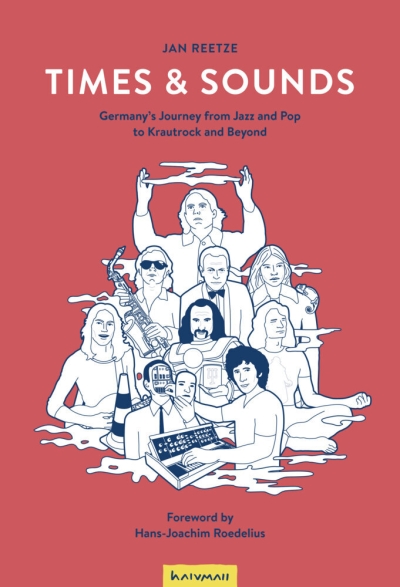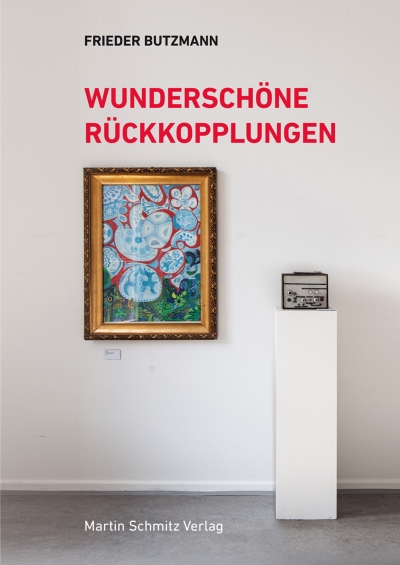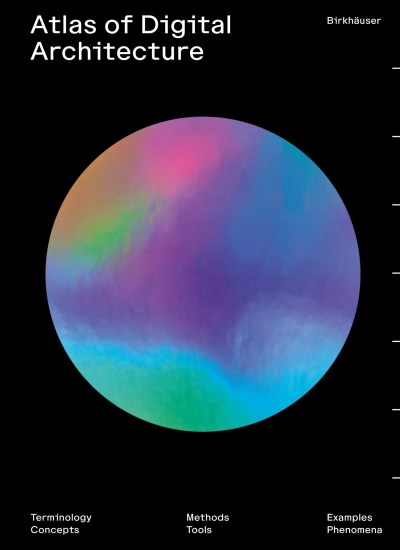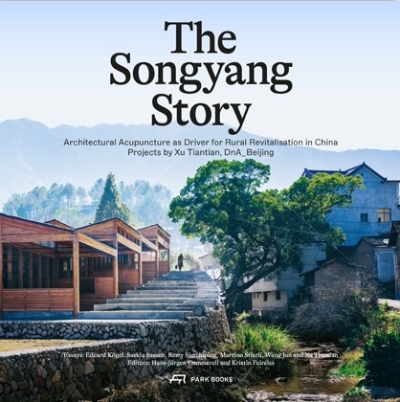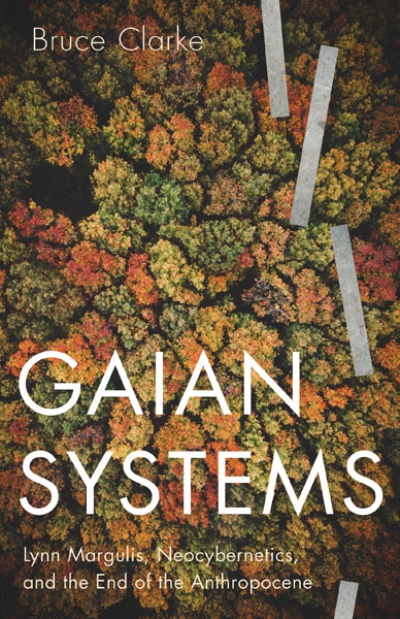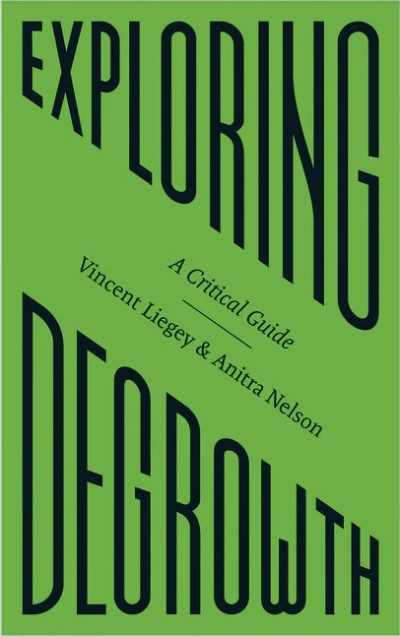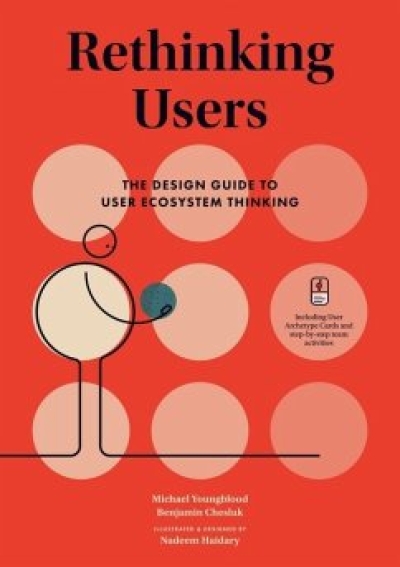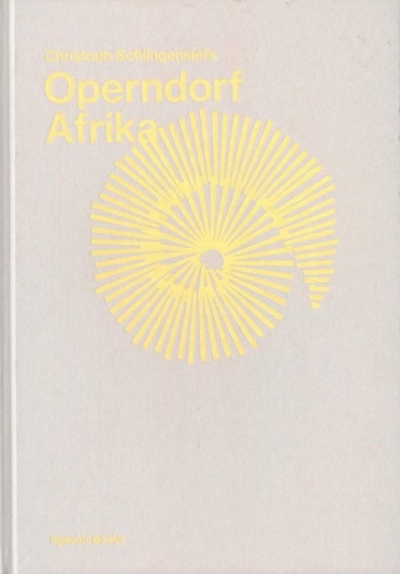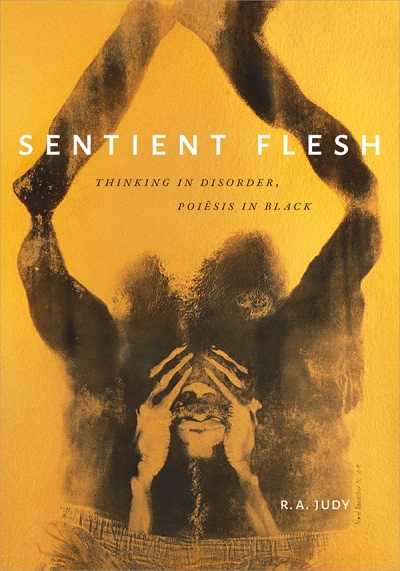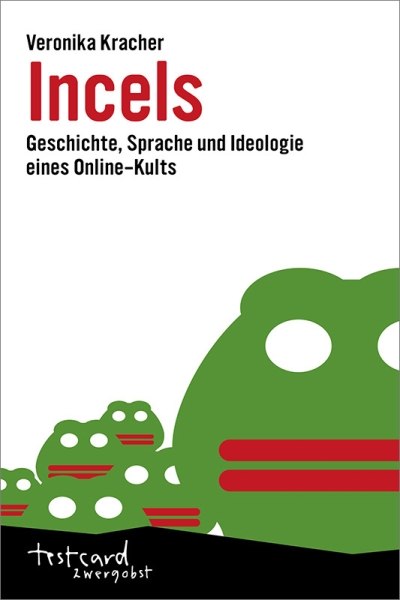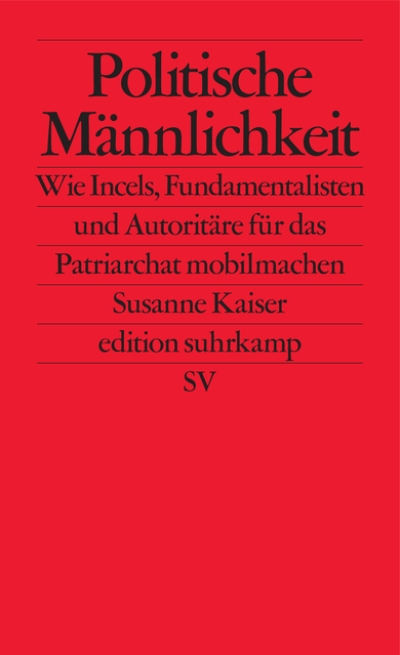
Urban Commons. Moving Beyond State and Market
Ed. by Dellenbaugh, Mary / Kip, Markus / Bieniok, Majken / Müller, Agnes Katharina / Schwegmann, Martin
Der Band untersucht ein aktuelles Thema theoretisch und empirisch anhand eines breiten Spektrums von internationalen Fallstudien wie etwa Berlin, Hyderabad und Seoul. Aus dem Blickwinkel der Stadtforschung wird erstmals eine breite Diskussion über die urbanen "commons" erschlossen, die derzeit in Forschung und unter Aktivistinnen zu den Themen Wohnungsbau, öffentlicher Raum und städtische Infrastruktur geführt wird.
Aims and Scope
Urban space is a commons: simultaneously a sphere of human cooperation and negotiation and its product. Understanding urban space as a commons means that the much sought-after productivity of the city precedes rather than results from strategies of the state and capital.
This approach challenges assumptions of urbanization as capital-driven, an idea which resonates with a range of recent urban social movements, from the Arab Spring and the Occupy movement to the “Right to the City” alliance.
However commons exist in a tense relationship with state and market, both of which continually seek to exploit and control them. Initiatives to create “commons” are welcomed and even facilitated by governments in order to (re-)valorize urban space and lessen the impacts of economic restructuring, while, at the same time, the creative and reproductive potential of the urban commons is undermined by continuing attempts to commodify them.
This volume examines these topics theoretically and empirically through a wide spectrum of international case studies providing perspectives from a variety of cities as diverse as Berlin, Hyderabad and Seoul. A wider discussion of commons in current scientific and activist literature from housing, public space, to urban infrastructure, is explored through the lens of the urban condition.
Städtischer Raum ist ein Gemeingut, ein „commons“: ein Ort der Zusammenarbeit und des Verhandelns von Menschen und zugleich deren Ergebnis. Städtischen Raum als ein Gemeingut zu verstehen folgt der Annahme, dass die begehrte Produktivität der Städte den Strategien des Staates und des Kapitals vorausgeht, also gerade nicht aus ihnen resultiert.
Dieser Ansatz stellt die These infrage, Urbanisierung sei kapitalgesteuert, eine Annahme, die auch von einer Reihe aktueller urbaner sozialer Bewegungen wie dem Arabischen Frühling, der Occupy-Bewegung oder den „Right to the City“-Zusammenschlüssen unterstützt wird.
Gleichwohl existiert das urbane Gemeingut in engem Zusammenhang mit Staat und Markt: beide versuchen, es zu kontrollieren und es sich zu Nutze zu machen: Einerseits werden Initiativen zur Schaffung von gemeinschaftlichen Freiräumen von den Regierungen unterstützt, um städtischen Raum wieder aufzuwerten und die Auswirkungen wirtschaftlicher Umstrukturierungen abzuschwächen. Andererseits wird das kreative und produktive Potenzial der „urban commons“ durch die anhaltenden Versuche untergraben, diese zu privatisieren und kommerzialisieren.
Der Band untersucht diese aktuelle Thematik theoretisch und empirisch anhand eines breiten Spektrums von internationalen Fallstudien wie etwa Berlin, Hyderabad und Seoul. Aus dem Blickwinkel der Stadtforschung wird erstmals eine breite Diskussion über die urbanen „commons“ erschlossen, die derzeit in Forschung und unter Aktivistinnen zu den Themen Wohnungsbau, öffentlicher Raum und städtische Infrastruktur geführt wird.












































































